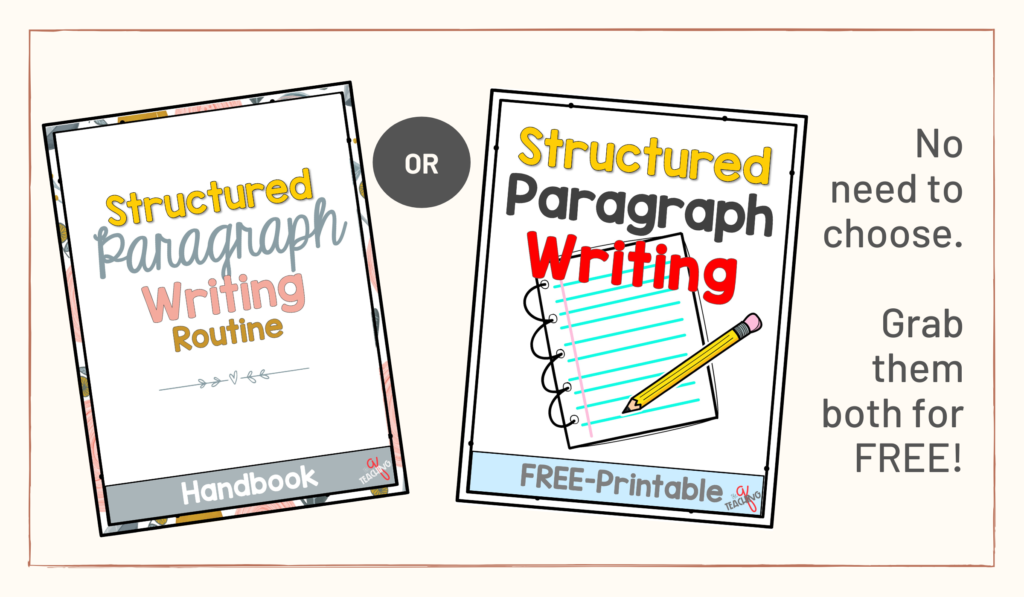Are you teaching summary writing or simply assigning it?
Yes, there’s a big difference and a difference that changes everything!
Do you remember your first month of school? We all created the ideal learning environments, prepped and mapped out our units of study, and most importantly, we set goals to achieve during the year.
The year progressed nicely, and then it hit. Our world as we knew it no longer was. Our years of teaching experience and routines were so rudely interrupted. In April of 2020, COVID-19 changed education and turned it on its head!
Students, teachers, and families everywhere were learning new skills for progressing through the rest of the school year. Together, we are thriving.

So, I’ll ask you again, are you teaching or simply assigning?
My first week of Distance Learning is behind me. So it’s time for reflection. The first critique I made was that I noticed the students had a significant amount of low-level thinking. (It’s hard to admit, but it’s also the truth.)
Like myself, I’m sure this is not how you started your year and not the standard to which you hold yourself.
I had to take a moment and reflect on my why?
Now that we have a chance to catch our breaths, let’s think about the one year plus of growth that we are striving for in each student.
One thing I know for sure, we’re going to have to continue the high-quality teaching practices that we all implement every day in the classroom and continue it in our online learning as well.
My first step in making progress was to tackle the subject of teaching writing instead of just assigning writing prompts and calling it good to go.
Young writers still need to be exposed to the structure of each writing genre. Up first on my to-do list, summary writing.
I once was told that a person with a strong ability to write a summary has the essential skill to accomplish many academic demands. Just think about it. Every subject area requires students of all ages to summary writing.

As a Second Grade educator, I want my students to know paragraph writing structure like it’s the back of their hand. To do this, I created a three-step approach.

While we are on the subject of writing, make sure your students have a solid grasp of paragraph writing. Check out my FREE Structured Paragraph Handbook, which will guide you and your students through the steps needed to create the perfect paragraph.
Like anything we teach, it’s vital to have data to analyze. That’s why I keep writing rubrics and student goal-setting sheets together. The gathered data helps me see what is or isn’t working. It helps me measure the growth and set goals for future growth.
So, I’ll ask once again, are you teaching summary writing or blindly assigning?
If you’d like to join me on the bandwagon of continued student growth, I have everything you need. It’s all ready to go! Here’s one link and yet another link to find the resources quickly.
Let me know if you also have some great ways to ensure that the teaching aspect remains within Distance Learning.